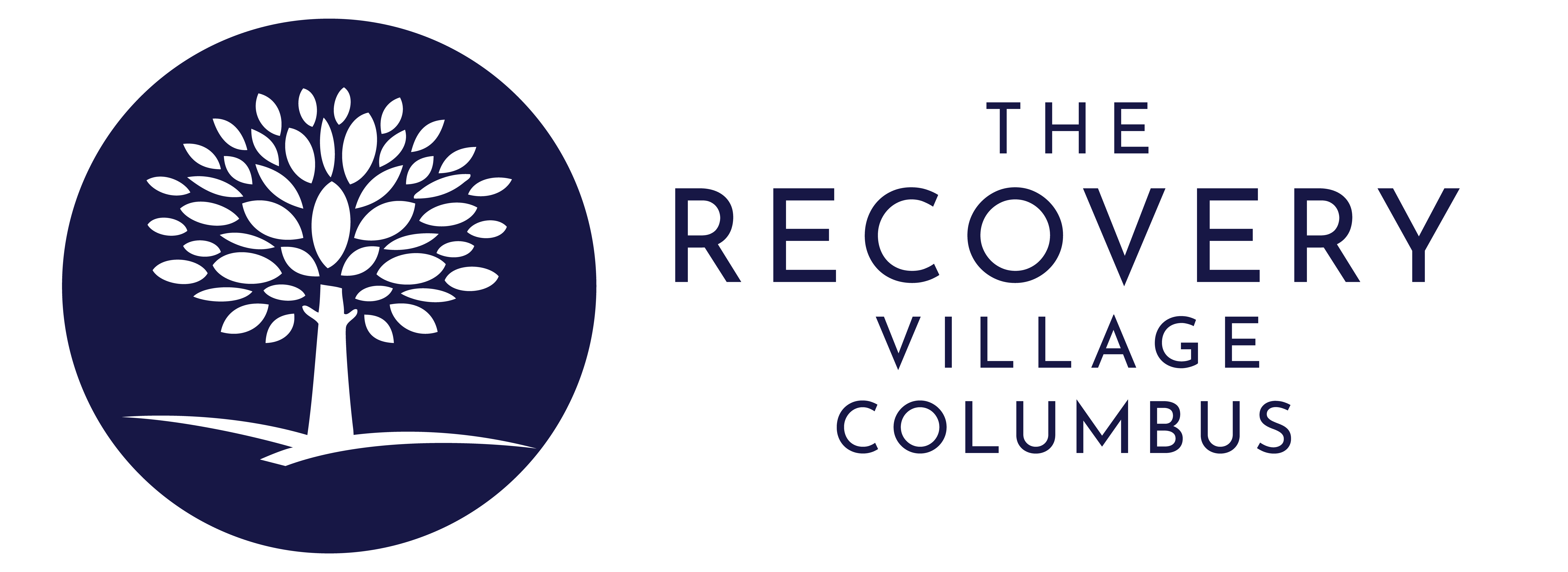What Happens if You Mix Vicodin and Alcohol?

By The Recovery Village Columbus
Last Updated: November 10, 2022
Although both are common substances, mixing Vicodin and alcohol can be extremely dangerous, increasing the risk of overdose. For this reason, it’s important to be aware of the dangers of combining the substances.
What Is Vicodin?
Vicodin is a common painkiller prescribed to more than 8.5 million Americans annually. It is a combination of hydrocodone, an opioid pain reliever, and acetaminophen, which works in the brain to alter how the body feels in response to pain stimuli. Because of the presence of hydrocodone, Vicodin is similar to other opioids, like morphine and heroin.
Experts aren’t sure how Vicodin works, but one possibility is the drug may bind to the brain’s opioid receptors and trigger neurons to increase a person’s tolerance for pain.
Side Effects of Vicodin Use
Like all drugs, Vicodin can cause some side effects. The drug’s most common side effects include:
- Light-headedness
- Dizziness
- Sedation
- Nausea
- Vomiting
- Constipation
- Urinary retention
- Itchy skin
However, more serious side effects are also possible. These can include dependence, addiction and overdose, which can be deadly.
What Is Alcohol and How Does Alcohol Work?
Alcohol is a depressant that works on multiple pathways in the brain, including on receptors for the brain’s inhibitory neurotransmitter gamma-aminobutyric acid (GABA). It also indirectly works on the limbic system involved in emotional regulation and the brain’s opioid system.
Alcohol impacts how neurotransmitters behave because of these actions. It slows down or impedes the firing of neurons in the brain by reducing the activity of neurotransmitters responsible for this neuron firing. Around 70% of Americans reported having alcohol within the previous year.
How Are Vicodin and Alcohol Similar?
Vicodin works similarly to other opioids, such as Percocet and morphine. It has a powerful influence on dopamine, a neurotransmitter in the brain. Dopamine is part of the brain’s reward system that generates euphoria or feelings of happiness. When a person consumes Vicodin, a surge of dopamine flows into the brain, producing those positive feelings and lowering anxiety. This can make someone want to experience that rewarding and pleasant feeling again.
Alcohol lowers inhibitions and increases dopamine in the brain, allowing an individual to feel good. A person will want these pleasurable feelings to continue and will drink more. Over time, this effect may wear off. Unfortunately, at this point, that person has usually become dependent or even addicted to alcohol.
Why Is Mixing Vicodin and Alcohol So Dangerous?
Mixing alcohol with Vicodin causes extreme sedation, impairs a person’s judgment and triggers uncoordinated movement. In addition to lowering psychomotor skills, combining these two substances can increase the risk of overdose and death. Because both Vicodin and alcohol are central nervous system depressants, they can lead to respiratory arrest when taken together. This is a common culprit for fatalities when mixing these substances.
Additionally, “dose dumping” may occur. Combining alcohol with Vicodin can result in a rapid release of Vicodin quickly, increasing the likelihood of side effects and overdose. It is important to remember that alcohol is found in many over-the-counter medicines, like cough syrups. Although the content of alcohol is not high in these medicines if you take large amounts of Vicodin, the risk of interaction exists.
Other side effects of Vicodin and alcohol include:
- Cold, clammy skin
- Confusion
- Dizziness
- Weakness
- Feeling faint
- Slow heartbeat
- Shallow breathing
- Seizures
Another dangerous interaction involves the acetaminophen (Tylenol) component of Vicodin. Like alcohol, acetaminophen is metabolized by the liver. If someone is abusing Vicodin, they are probably taking large doses of it, meaning they are ingesting a lot of acetaminophen. If taken in large doses, acetaminophen alone can lead to liver toxicity. When combined with alcohol, this side effect is increased dramatically.
Side effects of combining acetaminophen with alcohol include:
- Abdominal discomfort
- Rapid heartbeat
- Ulcers
- Gastrointestinal bleeding
- Liver damage
How Long Does Vicodin Stay In Your System?
Most of the hydrocodone, the active ingredient in Vicodin, passes out of the body through the urine within three days after the last dose. However, how long Vicodin can stay in a person’s system depends on factors such as:
- Frequency of Vicodin use
- Vicodin dose
- Age
- Body composition
- Sex
- Hydration and nutrition status
- Drug interactions
How Long Should I Wait To Drink After Taking Vicodin?
The half-life of Vicodin after a single dose, or the time it takes for half of the drug to be eliminated by the body, is around four hours. Its half-life suggests Vicodin would be out of your system after 20 hours.
If you are prescribed Vicodin for pain and want to drink, the safest time to wait before having one would be the following day. More specifically, you should wait at least 20 hours from the last dose and have a full night’s sleep in between. For example, if you took Vicodin at 10 p.m. on Thursday, you shouldn’t have an alcoholic beverage until 6 p.m. on Friday at the earliest. This is assuming you are taking the medication as prescribed and have no liver or kidney problems.
Vicodin and Alcohol Overdose
Overdoses related to combining opioids like Vicodin with alcohol are on the rise. From 1999–2017, opioid deaths involving alcohol increased 12.4%–14.7%. Because both Vicodin and alcohol are central nervous system depressants, the risk of overdose — particularly from respiratory depression — is increased.
Signs of Vicodin Overdose
Vicodin has overdose symptoms similar to that of many other opioids. Drinking can increase the risk of a Vicodin overdose, and Vicodin carries an FDA boxed warning about this possibility. Signs and symptoms associated with mixing depressants like alcohol and Vicodin include:
- Confusion/altered mental status
- Fainting or passing out
- Inability to be woken up
- Bluish color in lips or nails
- Slowed breathing
- Weak pulse
If you suspect an overdose, contact 911 immediately. Administer naltrexone (Narcan), if available, to the individual as soon as you notice signs of an overdose.
When Vicodin or Alcohol Misuse Leads to a Substance Use Disorder
Many people who take Vicodin and alcohol long-term can develop a substance use disorder (SUD). An addiction to these substances can drastically alter a person’s life, affecting their ability to maintain a job, stay in school and keep healthy relationships with friends and family.
Signs that someone has developed a SUD include:
- Using more of the substance than intended or more often than intended
- Inability to stop or cut back on the substance
- Neglecting responsibilities at work, school or home because of the substance
- Stopping other activities due to the substance
- Interpersonal problems linked to the substance
- Using the substance even when doing so is risky
- Continuing to use the substance even though you know doing so is harmful
- Needing increasing amounts of the substance to achieve the same effects as before
- Withdrawal symptoms when you try to stop the substance
Treatment for Vicodin and Alcohol Addiction
Medical professionals at The Recovery Village Columbus understand the weight of addiction. If you are struggling with a substance use disorder, contact The Recovery Village Columbus to speak with a Recovery Advocate today about your treatment options.
Treatment may start with medical detox, in which you are slowly weaned off Vicodin and alcohol while under round-the-clock care. Treatment can then continue into rehab, where you participate in therapy and learn coping skills for living a substance-free life. Don’t wait: contact a Recovery Advocate today to see how we can help.
Sources
Bartter, T & Gooberman, L L. “Rapid opiate detoxification.” The American Journal of Drug and Alcohol Abuse. November 1996. Accessed June 21, 2023.
Legarda, Juan J. “Ultra-rapid opiate detoxification under anaesthesia (UROD).” The Lancet Journal. May 16, 1998. Accessed June 21, 2023.
American Society of Anesthesiologists. “General Anesthesia.” 2023. Accessed June 21, 2023.
US Centers for Disease Control and Prevention. “Deaths and Severe Adverse Events Associated with Anesthesia-Assisted Rapid Opioid Detoxification — New York City, 2012.” September 27, 2013. Accessed June 21, 2023.
Shah, Mansi & Huecker, Martin R. “Opioid Withdrawal.” StatPearls. April 29, 2023. Accessed June 21, 2023.
Singh, J. & Basu, Debasish. “Ultra-Rapid Opioid Detoxification: Current Status and Controversies.” Journal of Postgraduate Medicine. 2004. Accessed June 21, 2023.

Questions?
Our Recovery Advocates are ready to answer your questions about addiction treatment and help you start your recovery.


